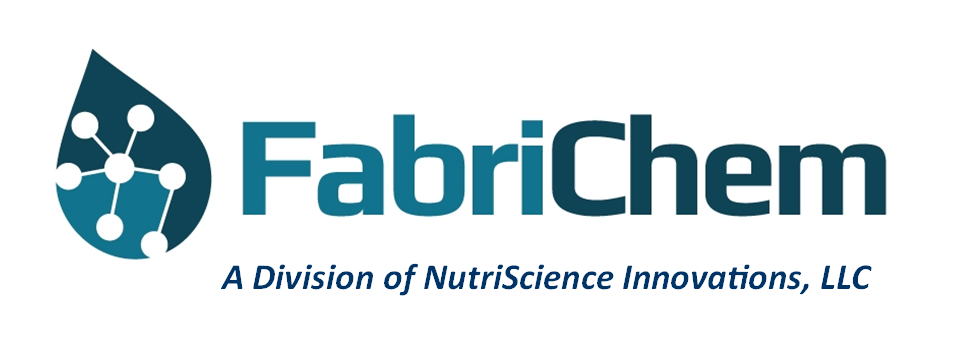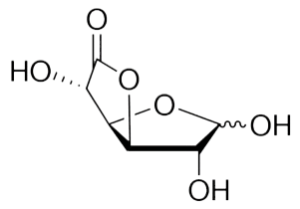Synonyms
D-(+)-Glucurono-6,3-lactone, D-Glucurono-6,3-lactone,
D-Glucurone, Glucuronolactone
Technical Data
CAS Number: 32449-92-6
Molecular Formula: C6H8O6
Molecular Weight: 176.12
Beilstein Registry Number: 83595
EC Number: 251-053-3
FabriChem Specifications
| ITEMS | SPECIFICATIONS |
|---|---|
| Description | White crystals or crystalline powder |
| Identification | Positive |
| Melting Point | 170°C - 176°C |
| Sulfate | 0.010% Max. |
| Chloride | 0011% Max. |
| Heavy Metals (as Pb) | 10 ppm Max. |
| Arsenic | 2 ppm Max. |
| Loss on Drying | 0.2% Max. |
| Residue on Ignition | 0.1% Max. |
| Clarity & Color of Solution | Clear and Colorless |
| Specific Rotation | +18.0° to +20.0° |
| Assay | 98.5 – 102.0% |
| Microbiology: | |
| Total Plate Count | 3,000 CFU/g Max. |
| Yeast & Mold | 300 CFU/g Max. |
| E. Coli | Not Detected |
| Salmonella | Not Detected |

